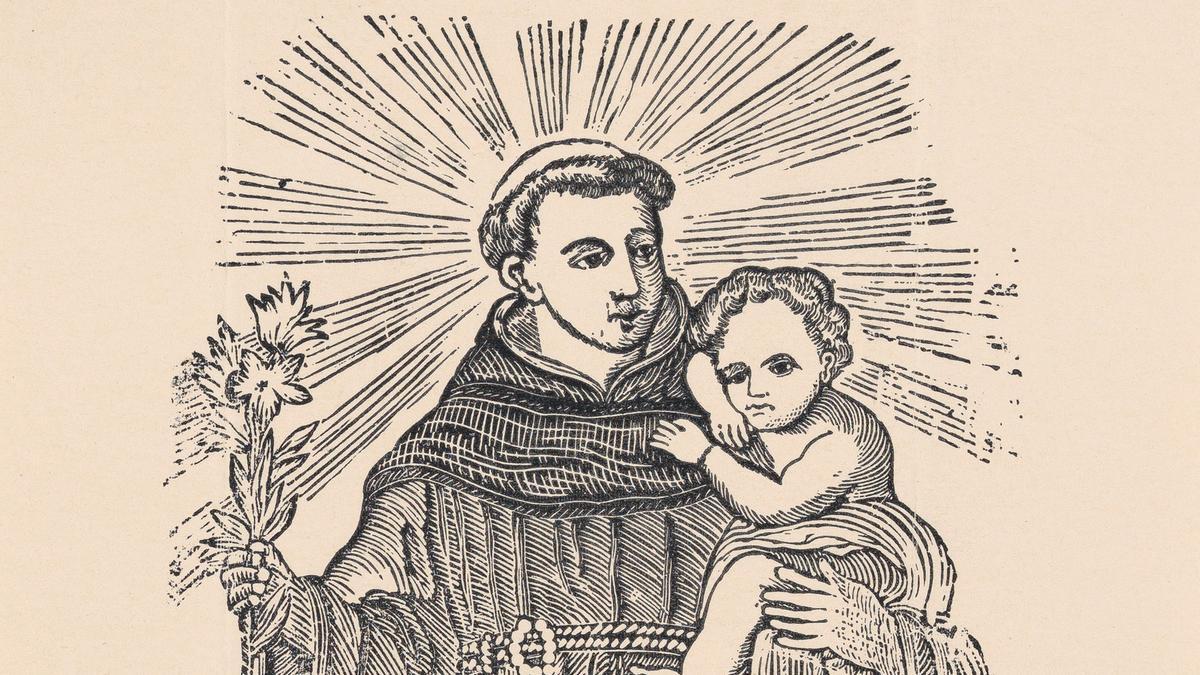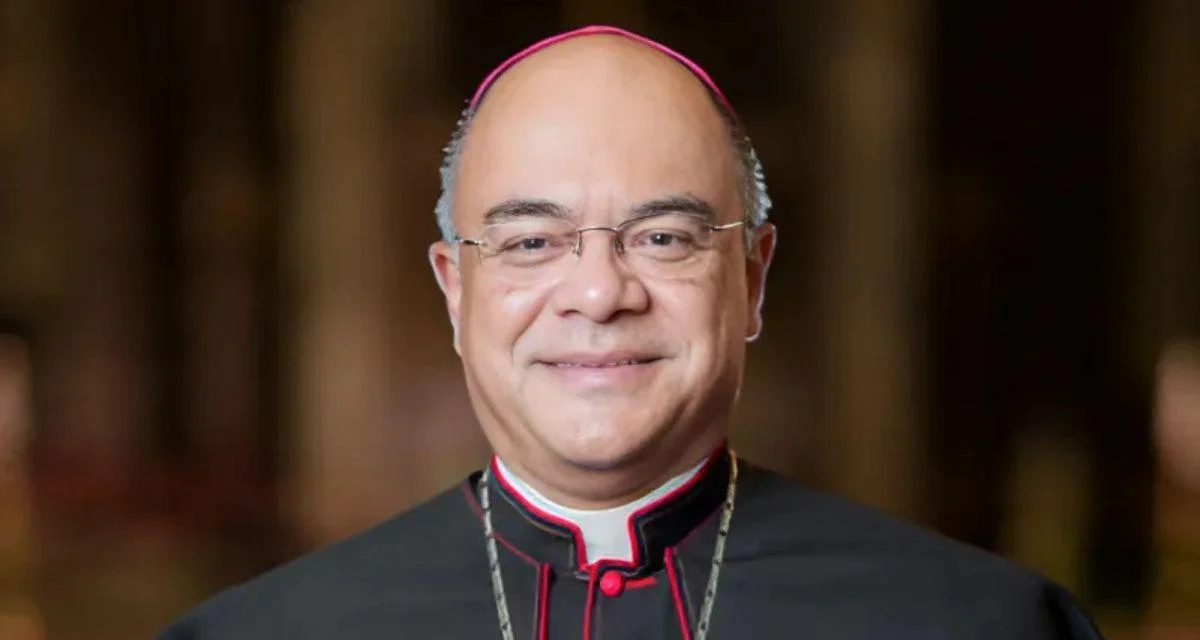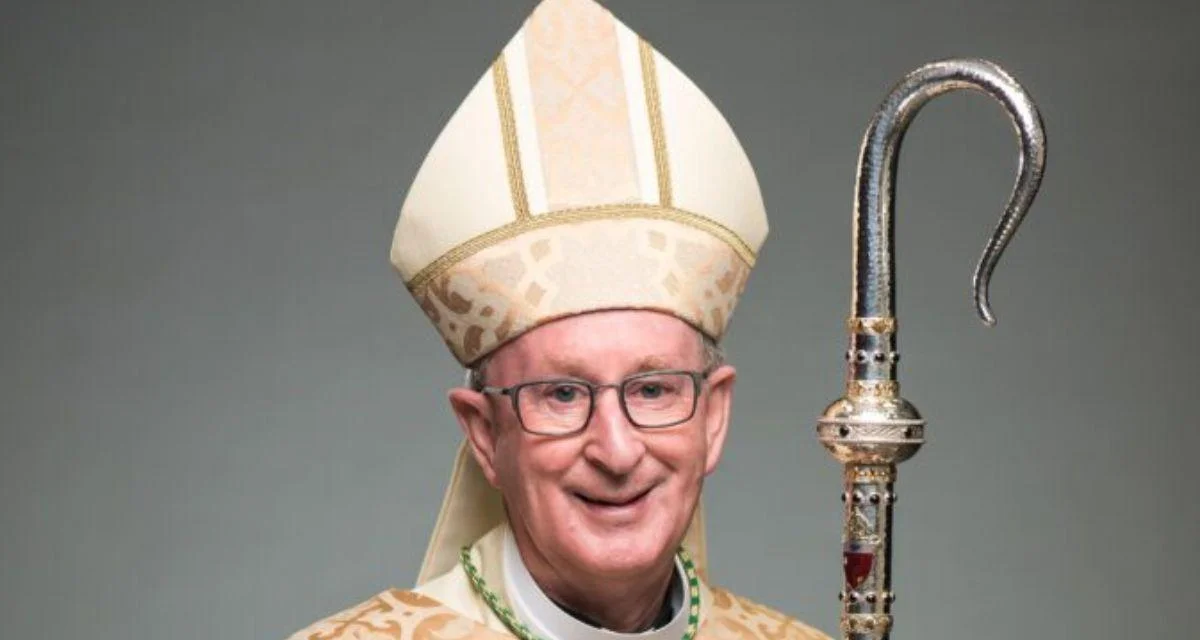
Etching of St. Anthony | Wikimedia Commons (public domain); artist: Anonymous (José Guadalupe Posada)
On Monday, the Diocese of Buffalo celebrated the feast day of St. Anthony, patron saint of lost and stolen items, letting the faithful know why he was special, even among saints.
“Today the Church celebrates the feast of Saint Anthony of Padua, a 13th century Franciscan priest and Doctor of the Church,” the diocese said on Facebook. “He was one of the most quickly canonized saints in church history. Many ask for his intercession when an item has been lost, as he is the patron saint of lost things.”
St. Anthony of Padua was born in Portugal near the end of the 12th century, a report from Britannica said. His family was both wealthy and religious. He followed his calling instead of wealth, becoming a Franciscan friar when he was 25. Although he had planned to travel to Morocco to preach to the Saracens, he became very ill and was instructed to return to Portugal. He didn’t make it, as his ship to Portugal was blown off course. Anthony landed in Sicily where he began to teach theology. He passed away in 1231 and was canonized the next year.
Centuries later, in 1946, Pope Pius XII declared Anthony a doctor of the church.
St. Anthony is viewed as one of the most popular saints among Catholics, StAnthony.org said. The faithful often call on him to intercede while searching for items that have been lost of stolen. In artwork, Anthony is usually depicted holding a book, a lily or the child Jesus in his arms.
“Doctor of the Church” is a title that a pope can bestow upon a person who has made significant and lasting contributions to the Church. Crossroads Initiative cites three criteria one must meet to earn that title. They are: “(1) holiness that is truly outstanding, even among saints; (2) depth of doctrinal insight; and (3) an extensive body of writings which the church can recommend as an expression of the authentic and life-giving Catholic Tradition.”
Throughout history, only 37 people have ever been granted the title.


 Alerts Sign-up
Alerts Sign-up